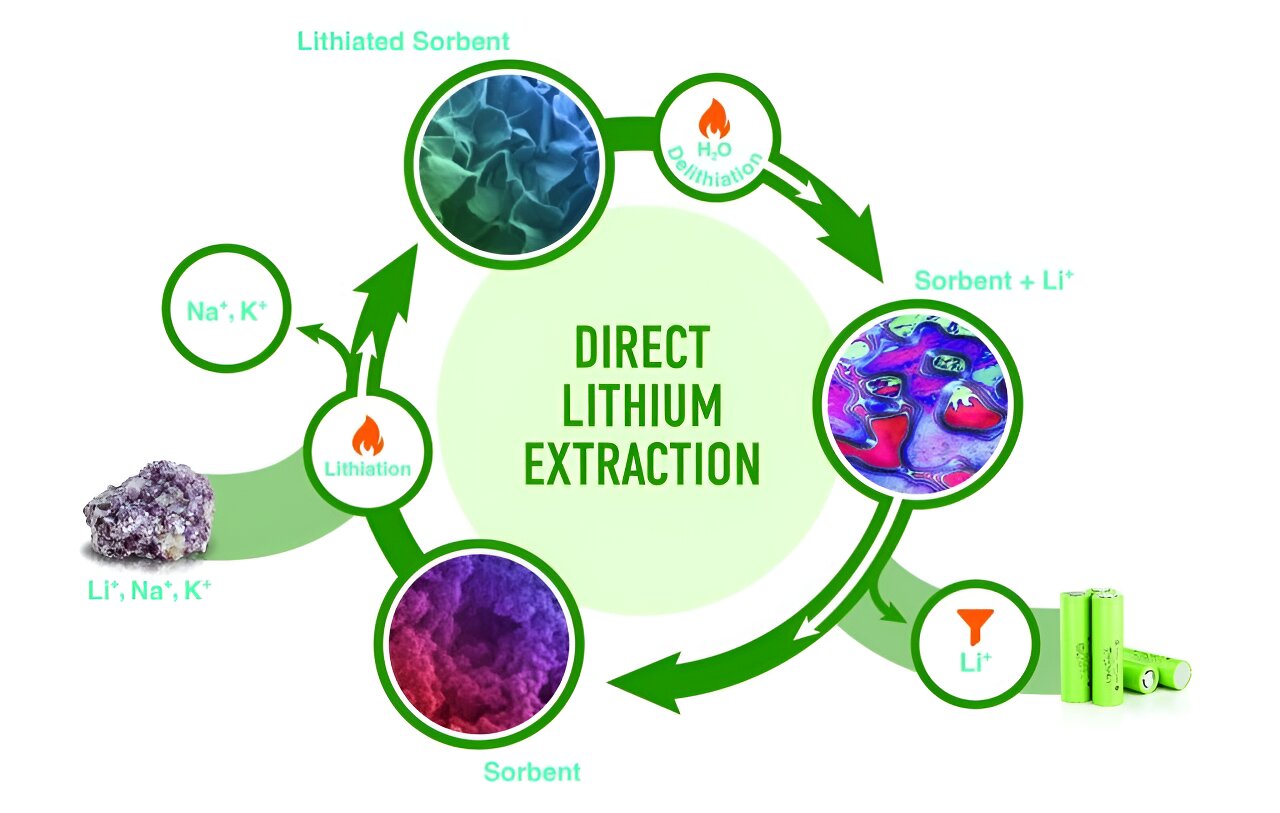hasura / graphql-engine
Once the Hasura service starts running, you can dynamically configure its metadata. This configuration is achieved through using a UI, or using an API call, or using code in a git repo to integrate with your CI/CD pipeline.
The metadata captures connection configuration to upstream data sources, relationships between models, and their authorization policies.Using this, Hasura generates a GraphQL schema and presents a GraphQL API that can be consumed.
Hasura takes incoming GraphQL API calls over HTTP and then compiles that into a T-SQL query, including authorization policies with a predicate push-down.
Because of its compiler-like architecture Hasura can avoid N+1 issues entirely. It can memoize aggressively, and issue the minimal number of hits to upstream data sources.
Hasura generates a GraphQL API on tables and views - with support for stored procedures and functions coming soon. This allows evolution of the underlying data model without affecting the generated GraphQL API.












/cdn.vox-cdn.com/uploads/chorus_asset/file/25255988/246965_vision_pro_AKrales_0140.jpg)



